[ENG] Tarragona, a Roman city in Catalonia [ESP] Tarragona, una ciudad romana en Cataluña
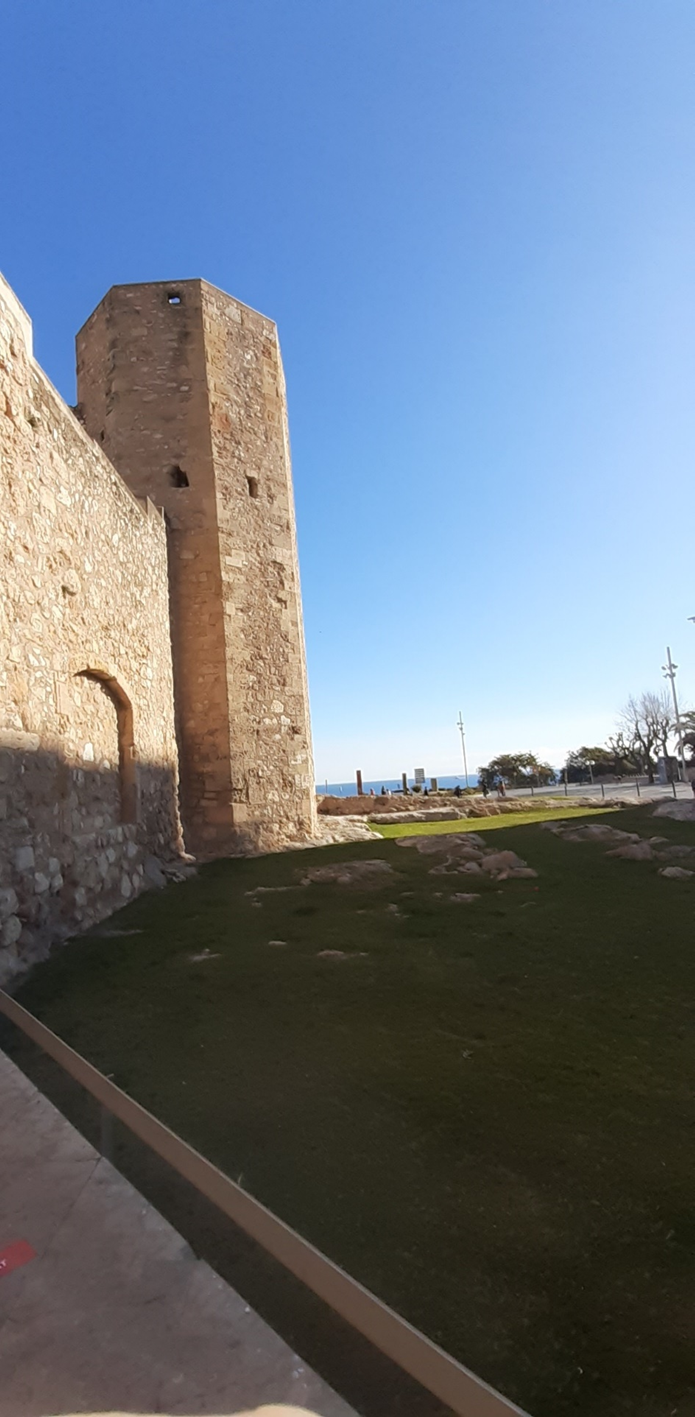
y el paseo arqueológico)
Tarragona is a Catalan port city, located in the northeast of Spain, on the shores of the Mediterranean Sea on the so-called Costa Dorada. With an average temperature of 20 degrees Celsius all year round. It has a population of about 130,000 inhabitants and is famous for the fact that the largest archaeological sites in the area are found within its limits. It was declared a "World Heritage Site" by UNESCO in 2000.
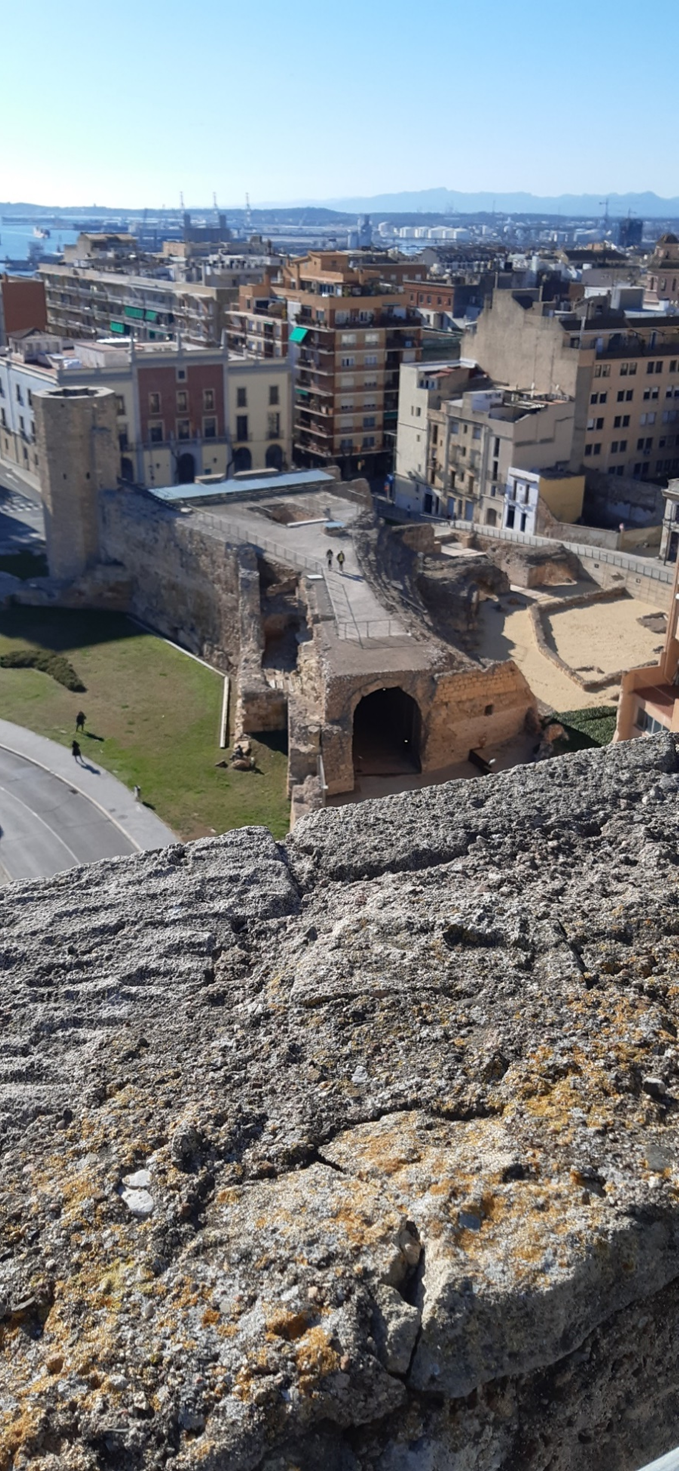
arquitectónicos)
The historic center is located in the upper part of Tarragona. Its origins date back to the arrival of the Roman legions 217-18 years BC. who set up a small military camp that soon became a city of the Empire outside of Italy, after the Amphitheater, the Roman Circus, and the Aqueduct were built there, which we can see even today. Currently, the old town of Tarragona is surrounded by Roman walls, which in their time were the protection of the city against invasions, with a medieval part, headed by the Cathedral and old stately homes.

as a historical witness (Parte de la muralla romana con el Mediterráneo como testigo histórico)
Some architectural jewels that I will show you today were photographed by my brothers-in-law Alfonso and Violeta in 2018, to whom I thank for their kindness and generosity for allowing me to use them in this post. Others (3 in total), due to the short time they were there, but which I consider very important to get to know this beautiful Roman city of Catalonia, have been taken from other sources that are indicated in the respective photo.
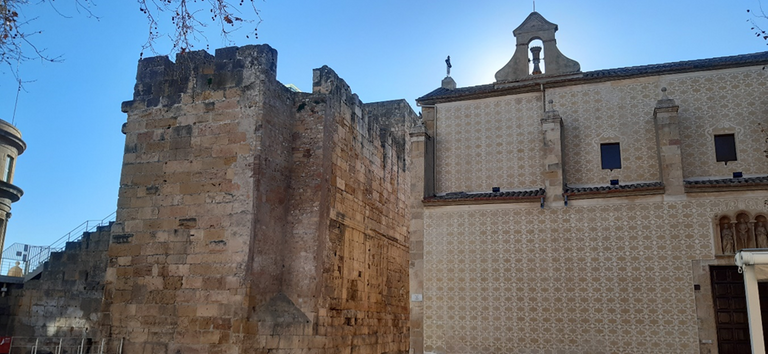
We will start with the Roman Amphitheater, built in an oval shape at the end of the 2nd century AD. next to the sea, during Roman times, whose stands were carved into the rock. The amphitheater measures 109.5 by 86.5 meters in total and could hold about 14,000 spectators; it was used to fight gladiators and beasts or for public executions; At present, part of the stone stands that surround the arena are preserved and can be seen from the Amphitheater Park. You can also go inside to see the vaults and the remains of the medieval church of Santa María del Miracle from the 12th century, built on the remains of a Visigothic church from the 6th century.
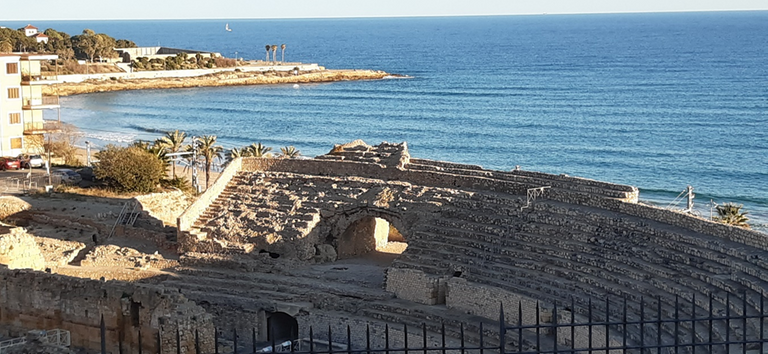
The Roman Circus, which, together with the Amphitheater, are the two main constructions of the Roman Empire, in the 1st century AD. With capacity for more than 25,000 people, it is one of the best preserved in Europe; It was used for horse and chariot racing. Currently, you can see part of the steps and three of the interior vaults, one of which leads to the Praetorium, a Roman tower that facilitated access by stairs to the Provincial Forum, which ended up being the palace of the kings of the crown of Aragon in the twelfth century and later a prison that was in use until the last century. At the top, it has a viewpoint from which you can see fantastic panoramic views of the city
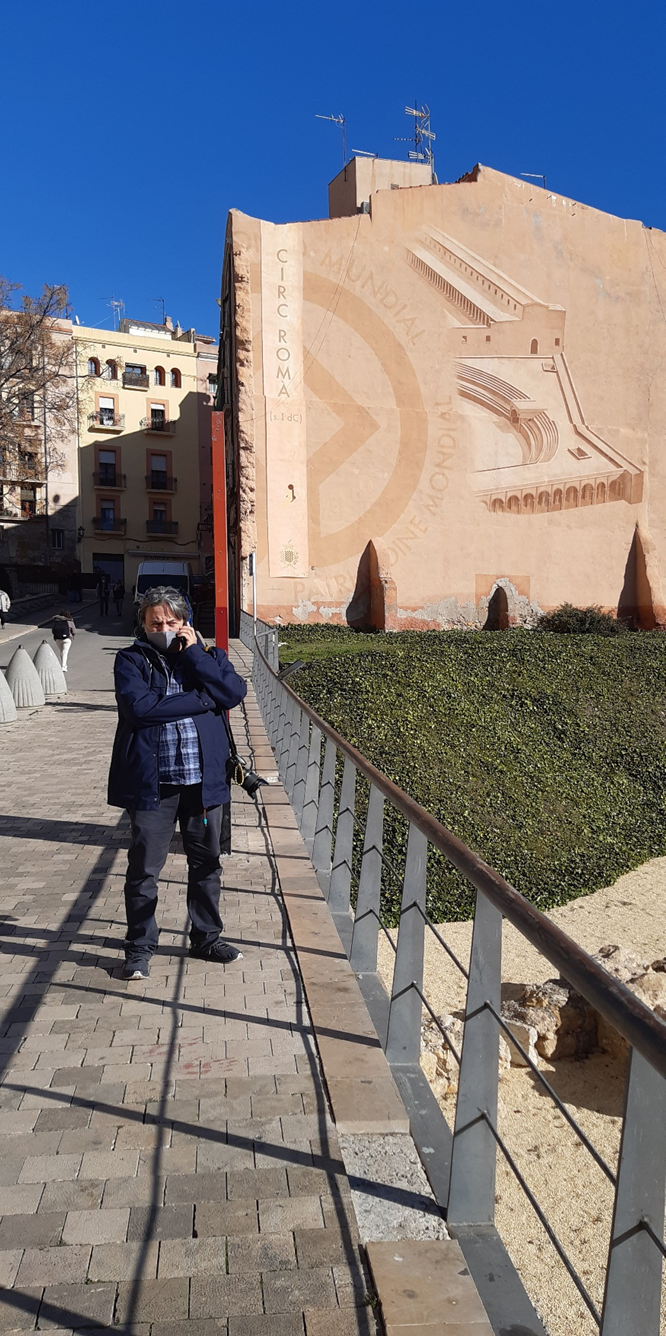
The Archaeological Walk, of little more than a kilometer next to the old wall of Tarraco, from the 2nd century BC. C. The wall is the oldest Roman construction outside of Italy and reached 3,500 meters in length, its walls being reinforced during the 16th and 17th centuries to withstand attacks with more modern weapons and better protect the city. From outside the wall, you can see the Archbishop's Tower and the Minerva Tower, which has the oldest Roman sculpture and inscriptions in the Iberian Peninsula.
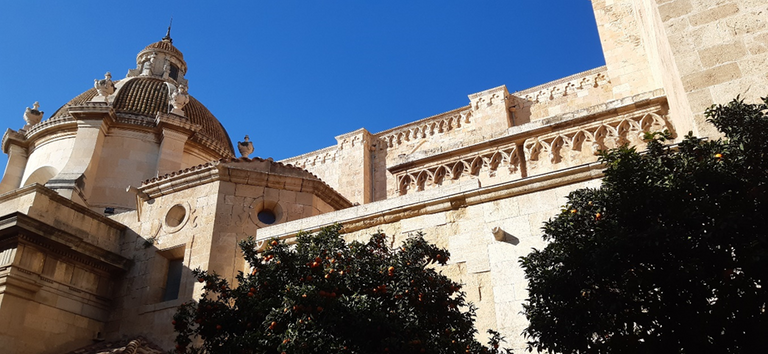
The Cathedral of Santa Tecla, built in 1171, is located in the Plaza de la Seu which is surrounded by historic buildings such as the Palau de la Cambrería. The Cathedral, with its Roman-style that was rebuilt according to the Gothic-style, was never finished because of the Black Death. This church was built on the former temple of Emperor Augustus, of which some remains can still be seen in the cloister area. The exterior of the church has a Gothic-style main door with ogival arches, several sculptures of apostles. Inside it is the Diocesan Museum and the altarpiece of Santa Tecla. Regarding the Diocesan Museum, the collections of religious art from medieval and modern times from Tarragona and its diocese stand out.

The Plaza de la Font, located between the Rambla Nova and the old town, was built on a large part of the old Roman circus, and on one of its sides is the neoclassical Town Hall building.
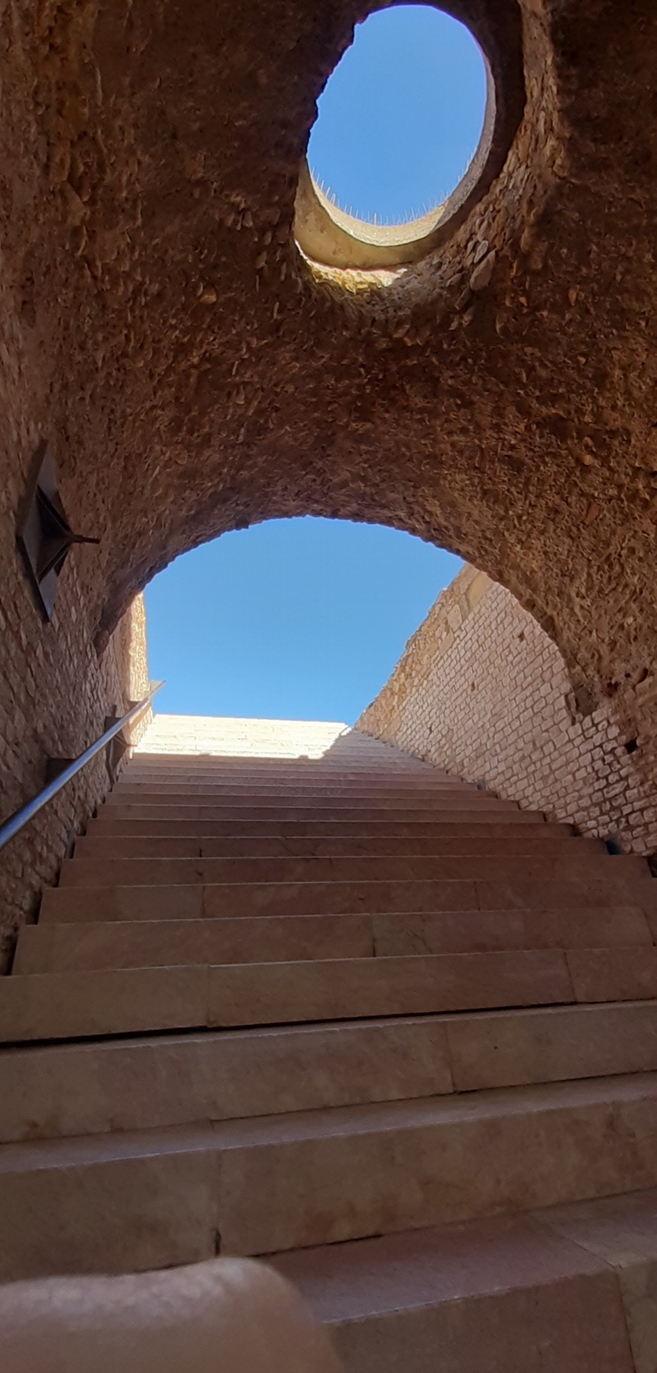
References:
*https://www.viajeroscallejeros.com/lugares-que-ver-en-tarragona/
*https://www.tarragonaexperience.com/es/2021/09/15/que-incluye-la-ruta-romana-de-tarragona/
*https://es.derutaenfamilia.com/2020/05/25/visitar-tarragona-que-ver-y-hacer-en-la-capital-de-la-costa-dorada/
*https://viajes.nationalgeographic.com.es/a/tarragona-bien-vale-escapada_15477
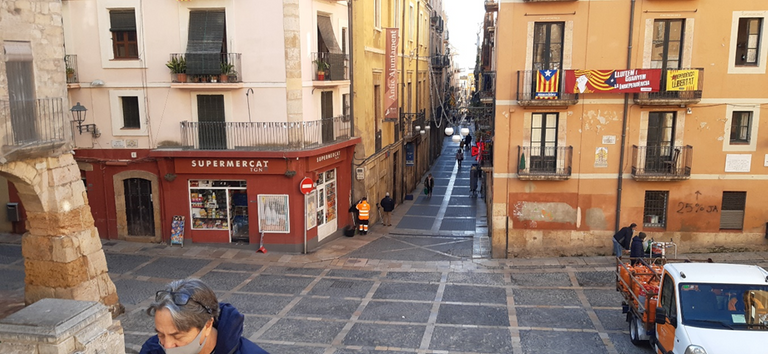
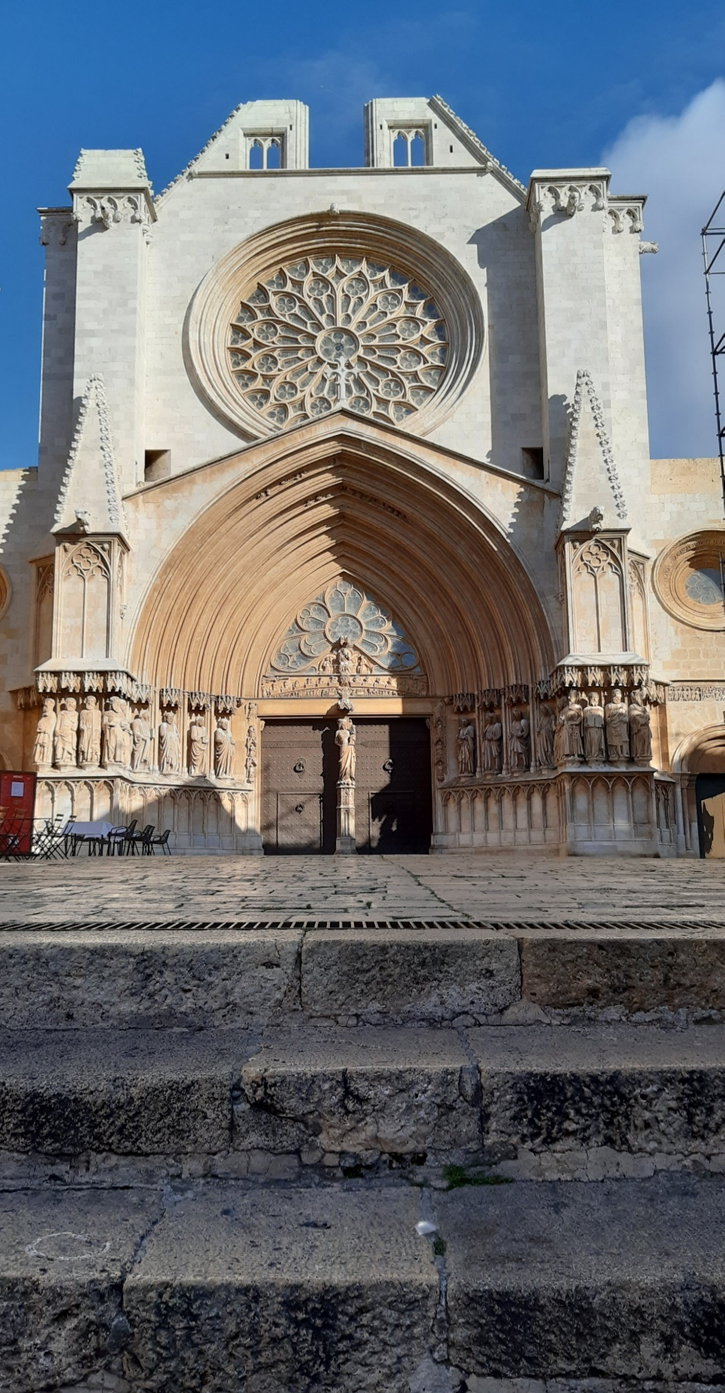
Tarragona es una ciudad portuaria catalana, ubicada al noreste de España, a orillas del mar Mediterráneo en la llamada Costa Dorada. Con una temperatura media de 20 grados centígrados todo el año. Tiene una población de unos 130.000 habitantes y es famosa por que en sus límites se encuentran los conjuntos arqueológicos más grandes de la zona. Fue declarada “Patrimonio de la Humanidad” por la UNESCO en 2000.
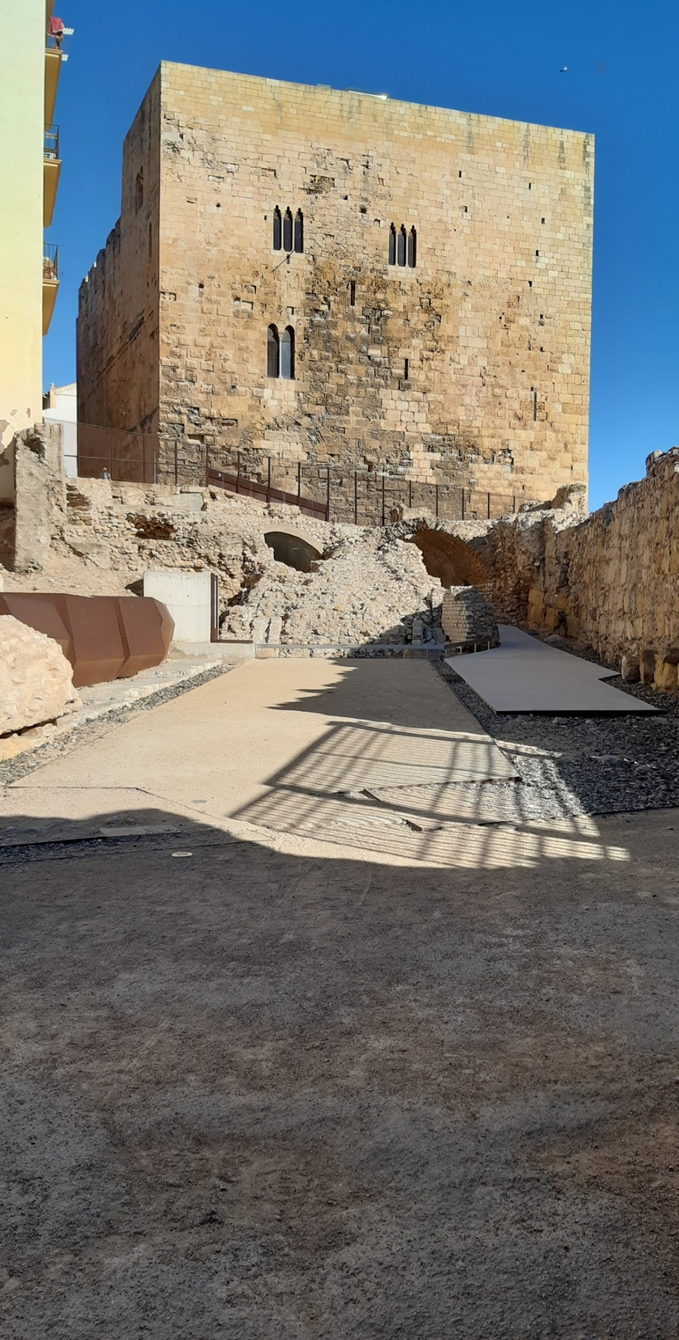
El núcleo histórico se encuentra situado en la Parte alta de Tarragona. Sus orígenes se remontan a la llegada de las legiones romanas 217-18 años a.C. quienes montaron un pequeño campamento militar que pronto se convirtió en una urbe del Imperio fuera de Italia, luego que allí se levantaran el Anfiteatro, El Circo Romano y el Acueducto, que todavía podemos ver. En la actualidad, el casco antiguo de Tarragona se encuentra rodeado de murallas romanas, que en su tiempo eran la protección de la ciudad contra las invasiones, con una parte medieval, encabezada por la Catedral y antiguas casas señoriales.
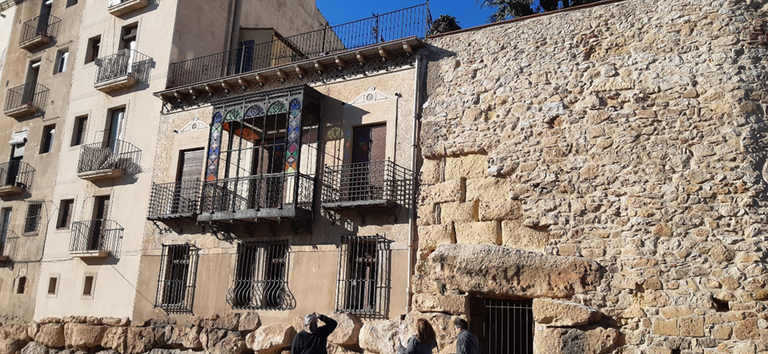
Algunas joyas arquitectónicas que les mostraré hoy fueron fotografiadas por mis cuñados Alfonso y Violeta en 2018, a quienes les agradezco su gentileza y generosidad por permitirme hacer uso de las mismas en este post. Otras (3 en total), debido al poco tiempo que estuvieron allí, pero que considero muy importantes para conocer esta bella ciudad romana de Cataluña, han sido tomadas de otras fuentes que se indican en la foto respectiva.
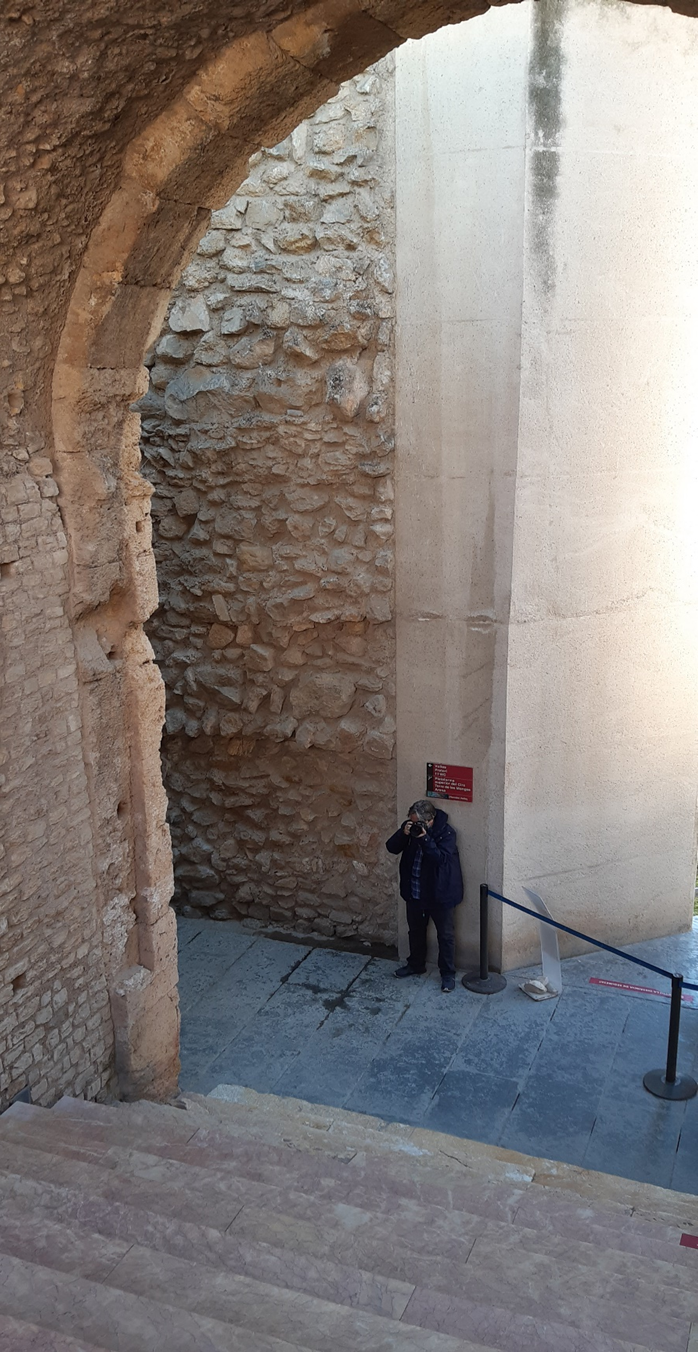
Comenzaremos con el Anfiteatro Romano, construido de forma oval a finales del siglo II d.C. junto al mar, durante la época romana, cuyas gradas se excavaron en la roca. El anfiteatro mide 109,5 por 86,5 metros en total y tenía capacidad para unos 14.000 espectadores; servía para realizar lucha de gladiadores y fieras o para ejecuciones públicas; en la actualidad, se conserva una parte de las gradas de piedra que rodean la arena y que se pueden observar desde el Parque del Anfiteatro. También se puede acceder al interior para ver las bóvedas y los restos de la iglesia medieval de Santa María del Miracle del siglo XII, construida sobre los restos de una iglesia visigótica del siglo VI.
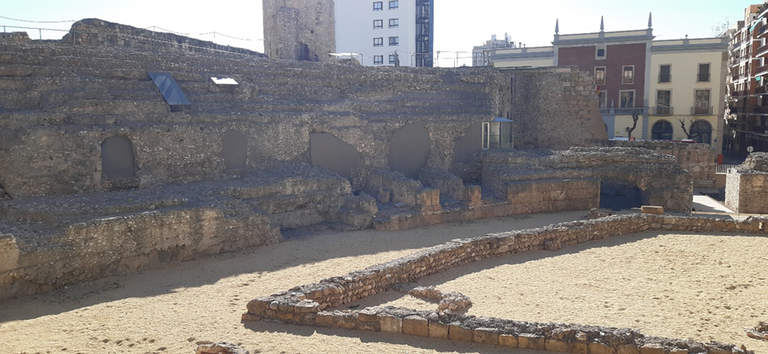
El Circo romano, que, junto al anfiteatro, son las dos principales construcciones del Imperio Romano, en el siglo I d.C. con capacidad para más de 25000 personas, es uno de los mejores conservados de Europa; se utilizaba para las carreras de caballos en carros. En la actualidad, se puede ver una parte de las gradas y tres de las bóvedas interiores, de las que una de ellas lleva hasta el Pretorio, una torre romana que facilitaba el acceso por unas escaleras al Foro Provincial, la cual terminó siendo el palacio de los reyes de la corona de Aragón en el siglo XII y más adelante una prisión que estuvo en uso hasta el siglo pasado. En la parte superior tiene un mirador desde el que se pueden ver unas fantásticas vistas panorámicas de la ciudad.
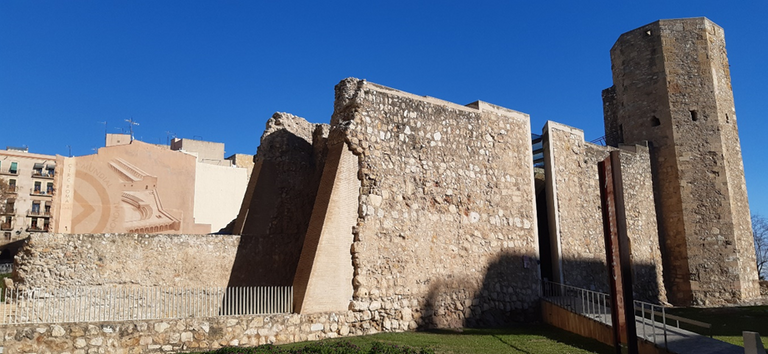
El Paseo Arqueológico, de poco más de un kilómetro junto a la antigua muralla de Tarraco, del siglo II a. C. La muralla es la construcción romana más antigua fuera de Italia y llegó a alcanzar los 3500 metros de longitud siendo sus paredes reforzadas durante los siglos XVI y XVII para soportar los ataques con armas más modernas y proteger mejor la ciudad. Desde exterior de la muralla se pueden ver la Torre del Arzobispo y la de Minerva, que tiene la escultura y las inscripciones romanas más antiguas de la Península Ibérica.
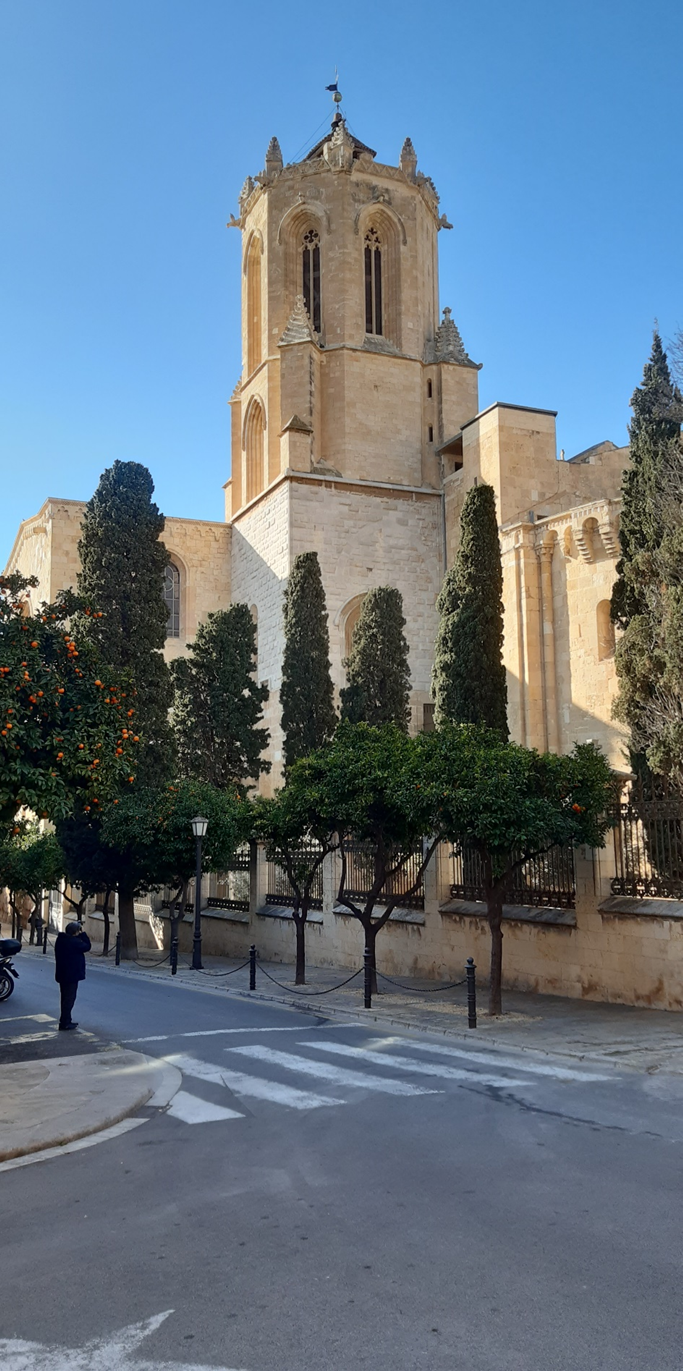
La Catedral de Santa Tecla, construida en 1171, se encuentra en la Plaza de la Seu la cual está rodeada de edificios históricos como el Palau de la Cambrería. La Catedral, con su estilo romano que posteriormente fue reconstruida acorde con el estilo gótico, nunca fue terminada a causa de la Peste Negra, Esta iglesia fue construida sobre el antiguo templo del emperador Augusto, del que todavía se puede ver algún resto en la zona del claustro. El exterior de la iglesia tiene una puerta principal de estilo gótico con arcadas ojivales, varias esculturas de apóstoles. Dentro de ella se encuentra el Museo Diocesano y el retablo de Santa Tecla. En lo referente al Museo Diocesano, destacan especialmente las colecciones de arte religioso de la época medieval y moderna procedentes de Tarragona y de su diócesis.
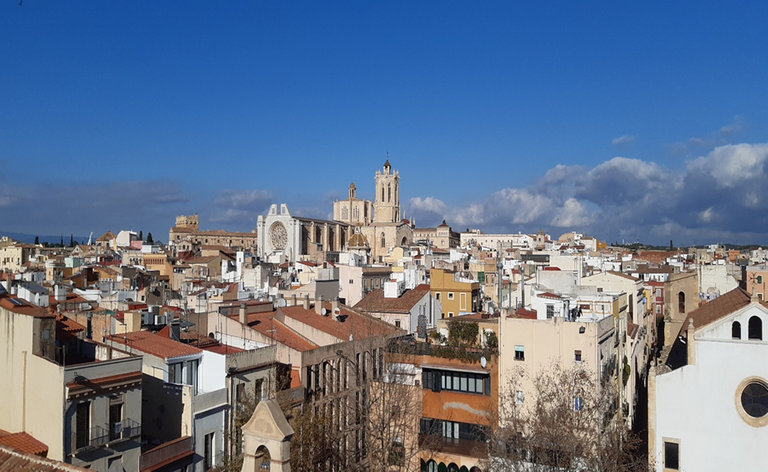
La Plaza de la Font, situada entre la Rambla Nova y el casco antiguo, fue construida sobre una gran parte del antiguo circo romano y en uno de sus laterales se encuentra el edificio neoclásico del Ayuntamiento.
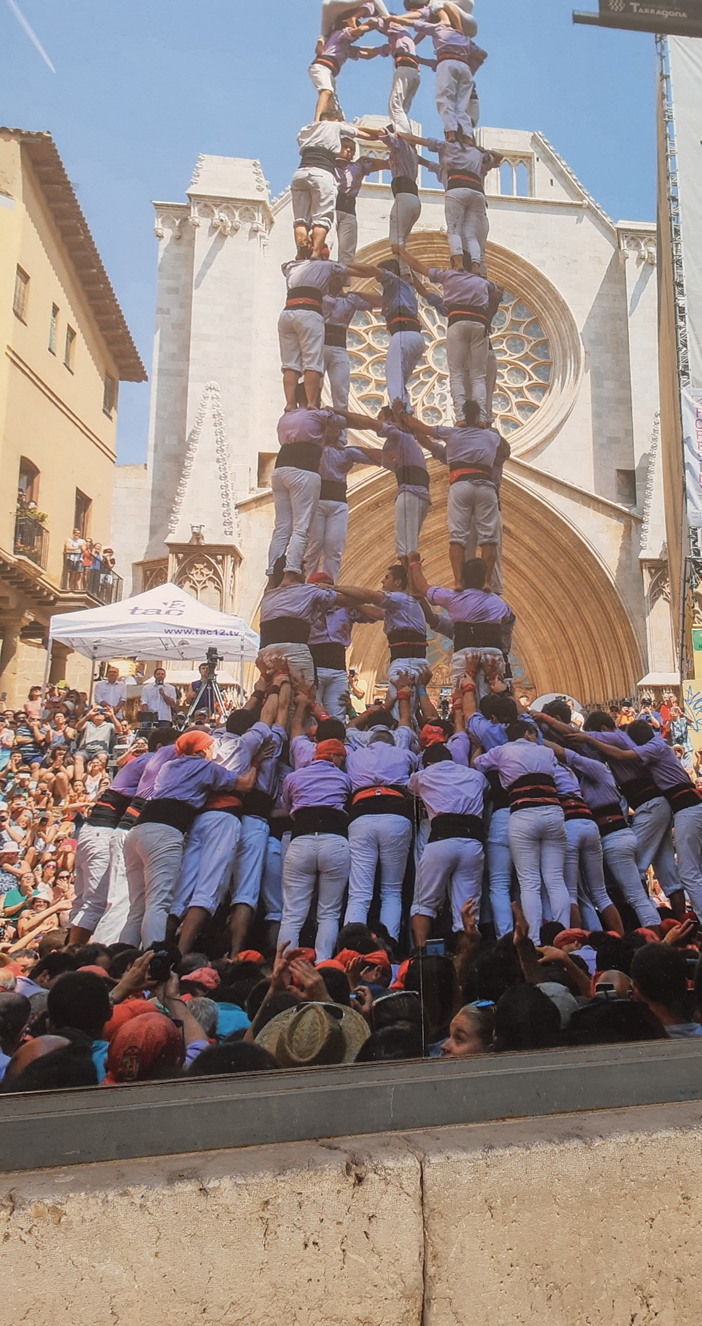
Referencias:
*https://www.viajeroscallejeros.com/lugares-que-ver-en-tarragona/
*https://www.tarragonaexperience.com/es/2021/09/15/que-incluye-la-ruta-romana-de-tarragona/
https://es.derutaenfamilia.com/2020/05/25/visitar-tarragona-que-ver-y-hacer-en-la-capital-de-la-costa-dorada/
https://viajes.nationalgeographic.com.es/a/tarragona-bien-vale-escapada_15477
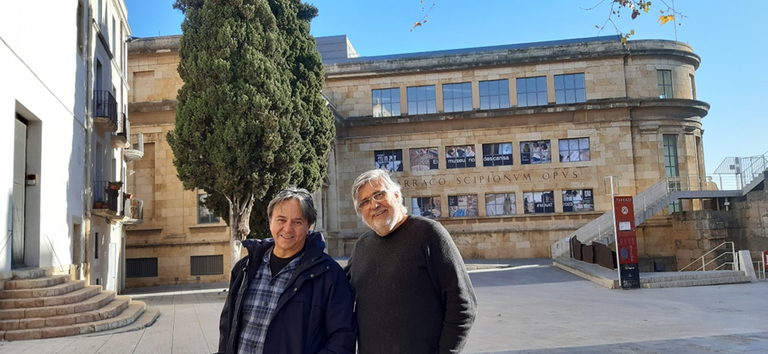
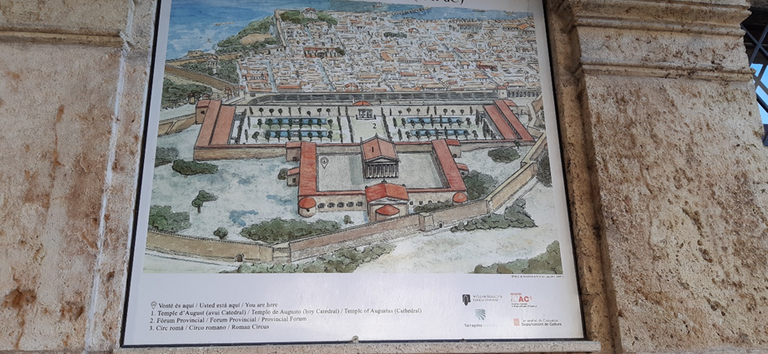
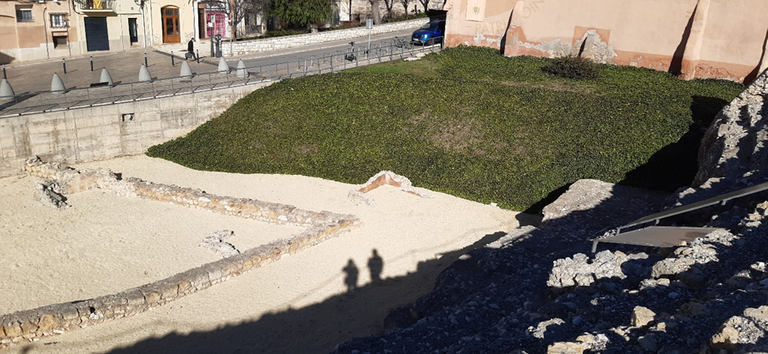
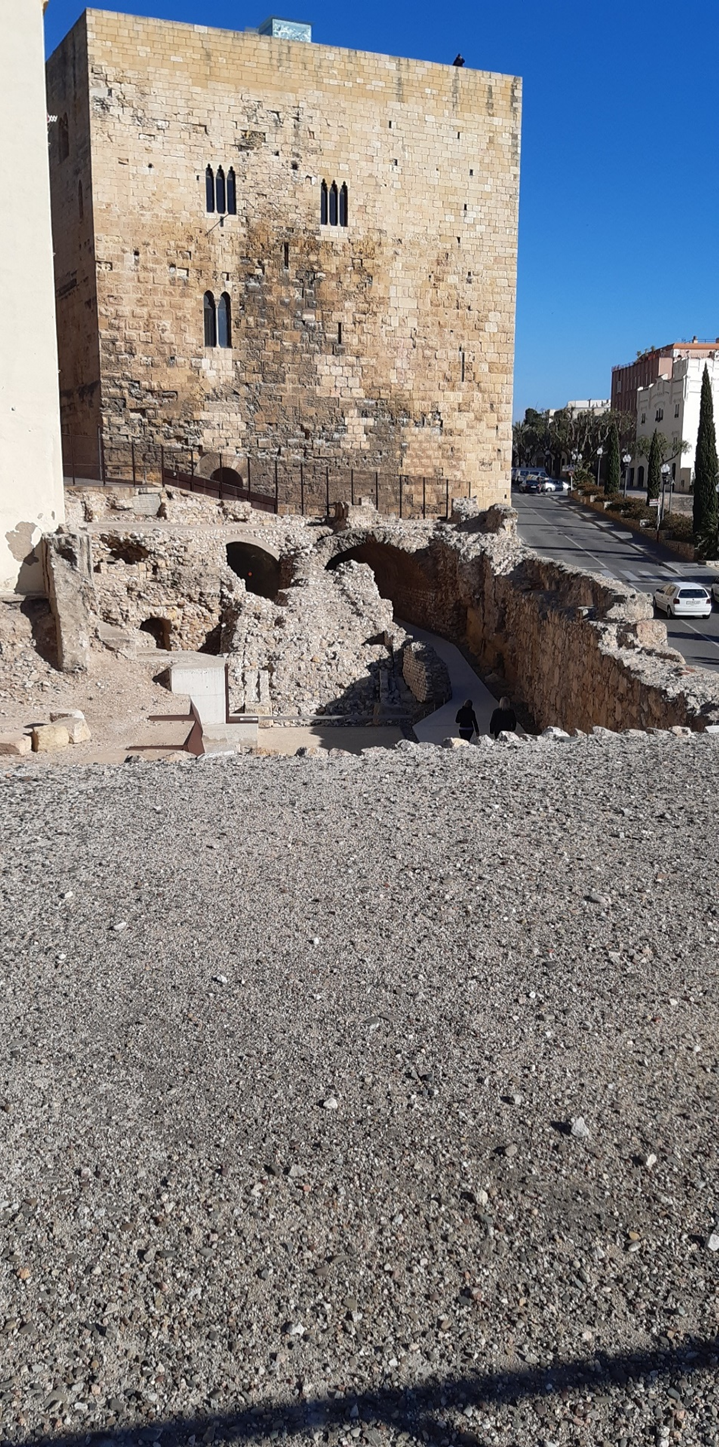

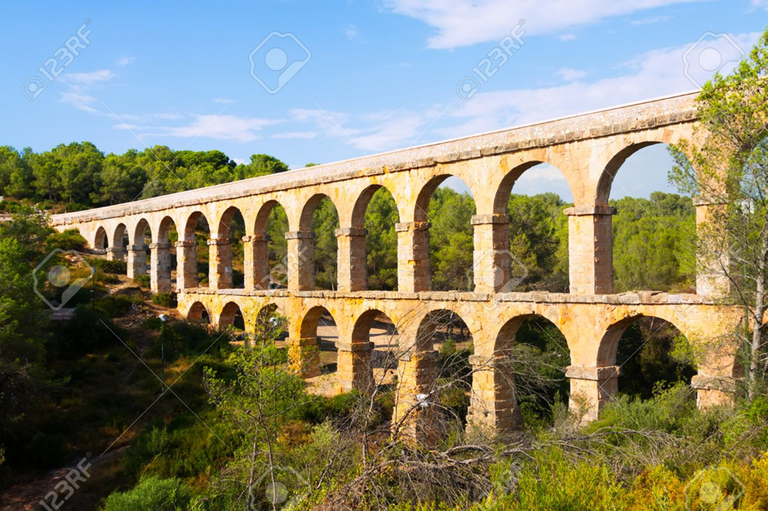
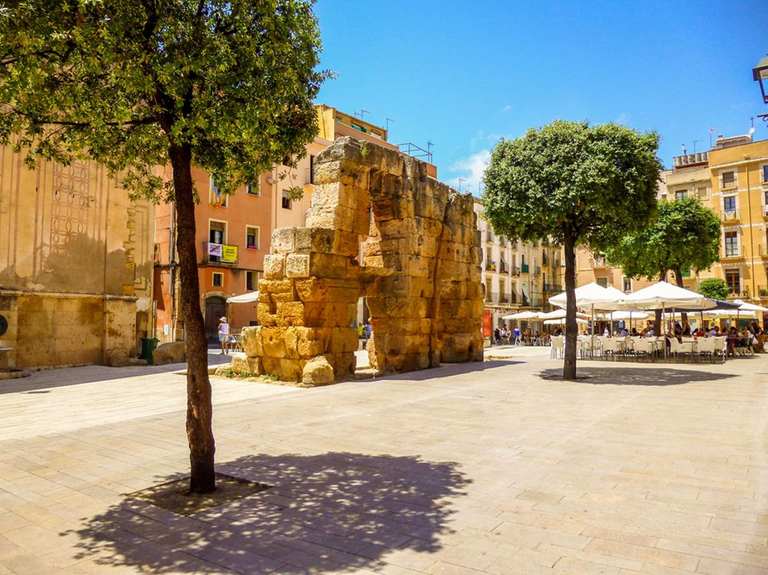
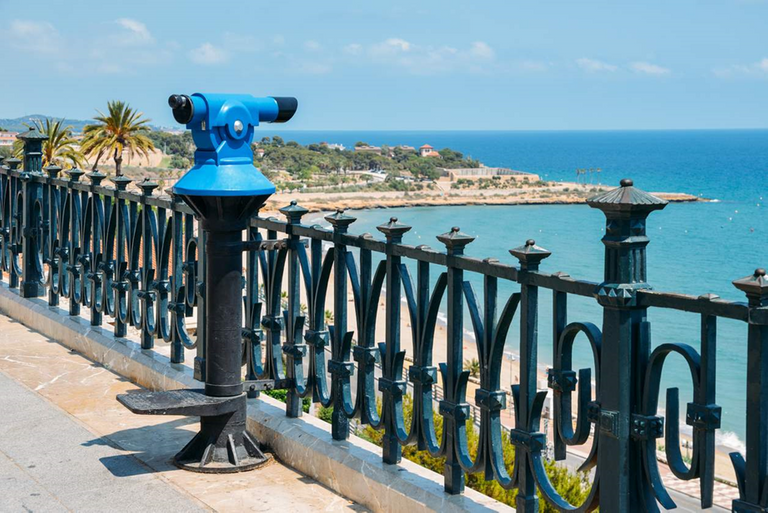
Congratulations, your post has been added to Pinmapple! 🎉🥳🍍
Did you know you have your own profile map?
And every post has their own map too!
Want to have your post on the map too?
Hola amigos de Pinmapple, buen domingo desde Caracas. Muchas gracias por colocar mi post en su mapa
Hello friends of Pinmapple, good Sunday from Caracas. Thank you very much for placing my post on your map. Sorry I answered you in Spanish
@tipu curate
Upvoted 👌 (Mana: 29/39) Liquid rewards.
Hello Tipu, good morning from Caracas, thank you very much for your Liquid reward and your vote, Happy Sunday and a better week to come.
Hiya, @ybanezkim26 here, just swinging by to let you know that this post made it into our Honorable Mentions in Daily Travel Digest #1505.
Your post has been manually curated by the @pinmapple team. If you like what we're doing, please drop by to check out all the rest of today's great posts and consider supporting other authors like yourself and us so we can keep the project going!
Become part of our travel community:
Hello again friends of Pinmapple, thanks to the @pinmapple team for curating my post. Fraternal greetings to all.
It is amazing to see historical remains that still live up to this day, good morning!
Hello dear Afterglow, thank you very much for your comment. Truly, preserving what we have done well is what makes us proud of the human race. Receive a fraternal greeting. Happy week.
I'm constantly in awe of archaeological sites around the world most especially when they entail architectural ruins of massive significance. They offer you interesting glimpses into ancient construction methods, cultural practices, and design conventions. Tarragona, a Roman city in Catalonia, Spain seems like a place that could quench my thirst for real exploration and adventure.
Dear friend Benjamin, which particular historic building there caught your curiosity the most and why?
Hello dear and appreciated friend Erne. Thank you for your wise comment. When I was doing my doctoral studies in Barcelona, quite some time ago, I was lucky enough to meet Tarragona and I was simply stunned. The construction that caught my attention the most was the Roman Circus, especially because it was used to present plays, gladiator fights, chariot races, among other shows, and that is where the pejorative expression "To the People Pan and Circus" came from. ". Which doesn't mean that I didn't love many of its constructions, much later than the Roman origins of the city, such as the Cathedral and Las Ramblas. Receive a big brotherly hug
Awesome choice! Thank you for sharing your remarkable thoughts. Best wishes always. 😊
Congratulations @besamu! We're delighted to specially curate your awesome publication and award it RUNNER-UP in Architecture Brew #59. More power!
Thank you for subscribing to Architecture+Design, an OCD incubated community on the Hive blockchain.
Hello Aplusd, I am very grateful to you for having curated my post and having placed it on the list of RUNNER UP in Architecture Brew # 59. Receive a cordial and fraternal greeting
Greetings @besamu. Glad to have you as one of the best authors in our beloved community. Keep up the amazing posts! 😀
Thanks a lot aplusd for your words. I will do my best to keep on writing posts for this amazing community.
Wish you all the best always dear @besamu. 😀
Wow - I love Roman history so this place looks amazing. I'm adding it to my bucket list !
Hello Hoosie, thank you for your words and for adding my post to your bucket list. Receive my sincere greeting.